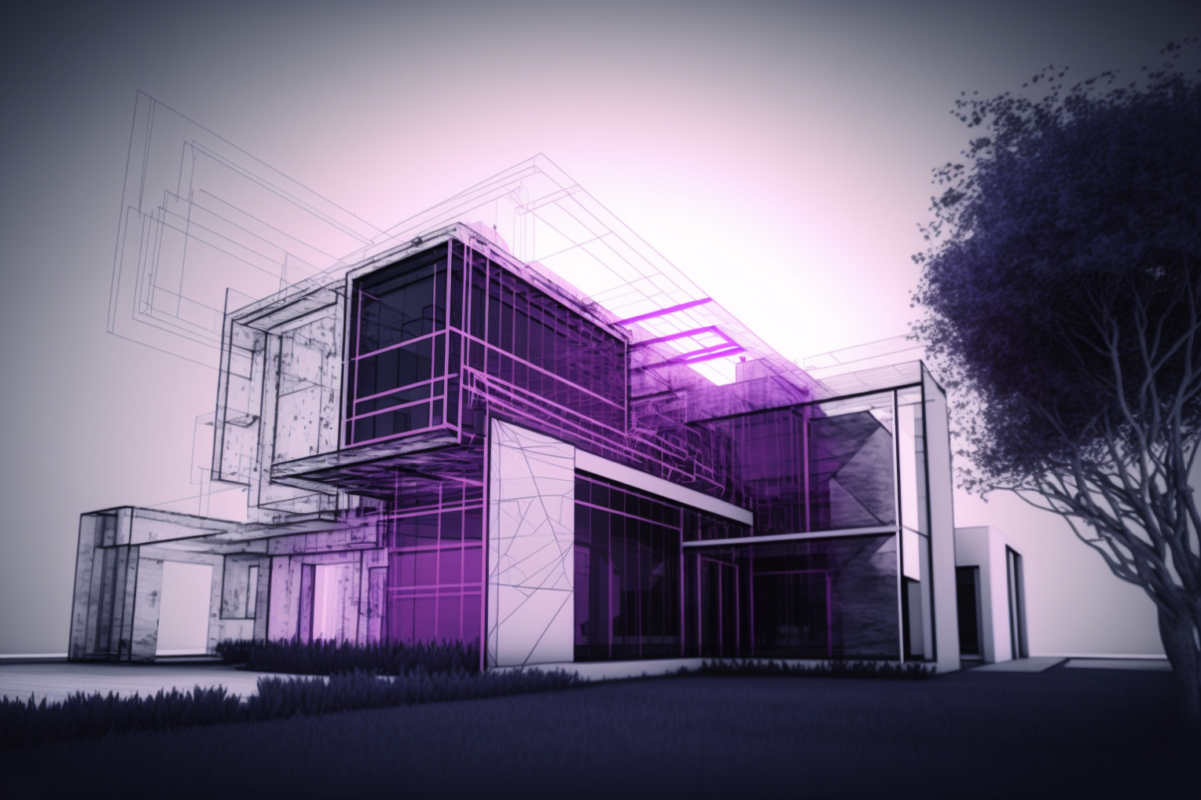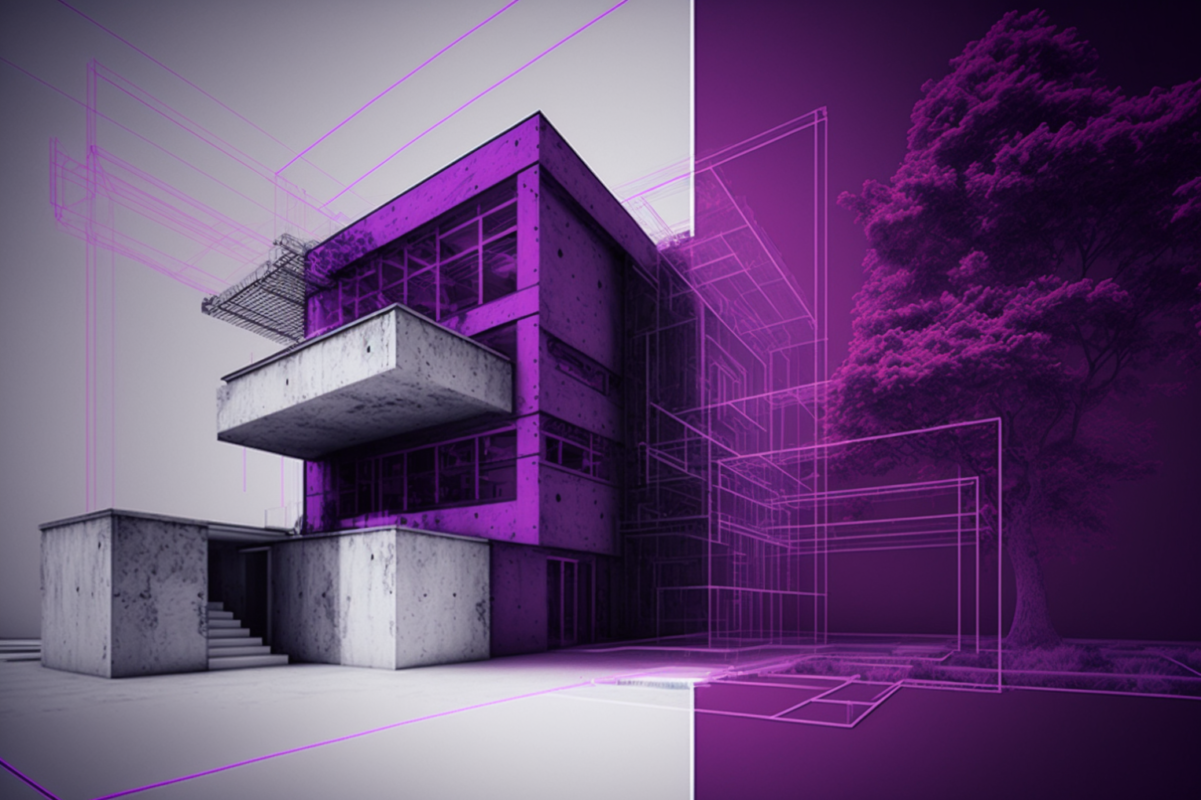Imagine a future in which science isn’t only about understanding technical and unexciting diagrams, but also about real-life experiences, just like fascinating video games and movies. With 3D rendering in science visualization, unique and immersive experiences could potentially be offered to researchers. It’s like magic for scientists, teachers, and anybody who is interested in the surroundings of the world.
In the past, researchers utilized flat images and charts to explain scientific concepts, but 3D rendering has changed the game. From the smallest molecules in our bodies to the huge cosmos in space, 3D rendering allows scientists to better understand and perceive everything.
The Power of 3D Rendering for Research and Visualization
Table of Contents
Scientific visualization in 3D rendering is a method that converts difficult scientific data into more accessible, intelligible, and instructive visual representations. This approach employs 3D rendering techniques to provide graphical and analytical visualization of scientific phenomena, data sets, or structures.

Applying 3D Rendering in Scientific Data Visualization
3D rendering is important in scientific data visualization since it provides immersive and useful representations of complicated data. Several applications of 3D rendering in science and data visualization are listed below:
- Molecular Modeling
3D rendering is used by chemists and biologists to see molecular structures, allowing them to analyze the form, structure, and interactions of molecules. This is essential for medical applications and understanding biomolecular processes.
- Climate Modeling
Climate scientists utilize 3D rendering to view and present climate data. It helps in sharing knowledge of complicated climatic patterns, the simulation of future climate scenarios, and the future implications of climate change.
- Geographical Analysis
Geographic scientists can use 3D rendering to create 3D maps, terrain models, and enhanced data representations of geographical places. The contemporary method is applied in urban planning, disaster management, and environmental monitoring.
- Medical Imaging
3D rendering in medicine converts imaging data from methods such as CT scans and MRIs into detailed 3D models. These models are essential for surgical planning, tumor identification, and anatomical training.
- Aeronautics and Aerospace
3D modeling is used for flight simulations, spacecraft design, and displaying complicated data from sensors and satellites to improve aeronautical data exploration processes.
- Environmental Data Visualization
Environmental scientists utilize 3D rendering to show environmental data such as pollution patterns, deforestation, and habitat changes in order to raise awareness and adapt conservation activities as needed.
Exploring the Benefits of 3D Rendering in Scientific Data Exploration
The advantages of 3D rendering in science visualization are numerous and have a revolutionary influence on a wide range of scientific areas. The following discussed are some of the primary benefits:

- Improved Understanding
The use of 3D rendering makes it easier and more immersive for analyzing complicated scientific data. As a result, it helps researchers and students to quickly grasp complex scientific relationships, structures, and processes, resulting in a better knowledge of scientific phenomena.
- Worldwide Communication and Collaboration
Scientists can easily explain their discoveries to colleagues, students, and the general public through 3D representations. Also, by exchanging 3D representations of data and study findings, worldwide teams of scientists can communicate more efficiently, eliminating geographic and other constraints.
- Precise Analysis
In 3D space, researchers can perform extensive and exact assessments of scientific data. This allows for the recognition of patterns, human body architecture, and relationships that would be difficult to study in 2D representations.
- Efficient Research
By displaying data in three-dimensional structures, researchers can speed up their tests and investigations. This frequently leads to more timely and helpful findings, as well as more efficient research methods.
- Educational Purposes
By offering dynamic and interesting learning resources, 3D representations improve scientific teaching processes. Students can explore scientific subjects with utmost interaction, which improves memory and comprehension.
- Public Engagement
3D rendering is used in science museums and display programs to fascinate and educate the general audience. Interactive exhibitions and virtual reality experiences boost interest and excitement for science.
- Innovative Materials
3D rendering helps in the creation of innovative materials with customized qualities. This has specialized uses in the aerospace, electronics, and renewable energy sectors.
- Scientific Outreach
Through documentaries, virtual reality experiences, and interactive websites, 3D rendering introduces knowledge to a larger audience, generating interest and curiosity in research, data, and technology.
Top 5 Rendering Techniques in Advanced Scientific Imaging
Several 3D rendering techniques are frequently used in scientific visualization to provide comprehensive and useful representations of complicated data. The following are the top five 3D rendering techniques used in scientific visualization:

- Volume Rendering
Medical imaging, neurobiology, computational fluid dynamics, and astrophysics all make substantial use of volume rendering.
- Isosurface Rendering
In molecular biology, material science, and geology, isosurface rendering is extensively employed. Surfaces are obtained with this approach by dividing certain data variables. Afterwards, the surfaces are drawn and shading methods are used to emphasize the structural details.
- Point Cloud Rendering
Point cloud rendering has applications in geospatial analysis, LIDAR data processing, environmental research, and archaeology.
- Particle System Rendering
In astrophysics, fluid dynamics, and particle physics, particle system rendering is important. 3D rendering incorporates the display and animation of particles, making it useful for viewing phenomena such as galaxy motion, fluid movement, and particle interactions.
- Vector Field Visualization
The depiction of vector fields is frequently utilized in fluid dynamics, meteorology, electromagnetism, and engineering. These approaches help researchers to comprehend the behavior of vector fields in 3D.
Final Words
The transformational power of 3D rendering in science visualization cannot be emphasized. Data visualization innovation has become a vital tool in the scientist’s arsenal, from improving basic knowledge of molecular biology to transforming medical imaging, aviation and oceanography.

As advancements are supported in the technological realm, we ought to expect 3D rendering to push the frontiers of what is feasible in scientific visualization. As a society, we must keep continuing to embrace and invest in this transformational technology, which not only improves fundamental understanding of the natural world but also motivates the next generation of scientists and innovators to push the frontiers of human knowledge.

